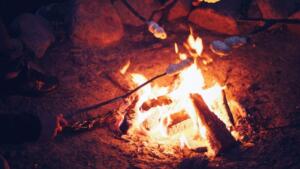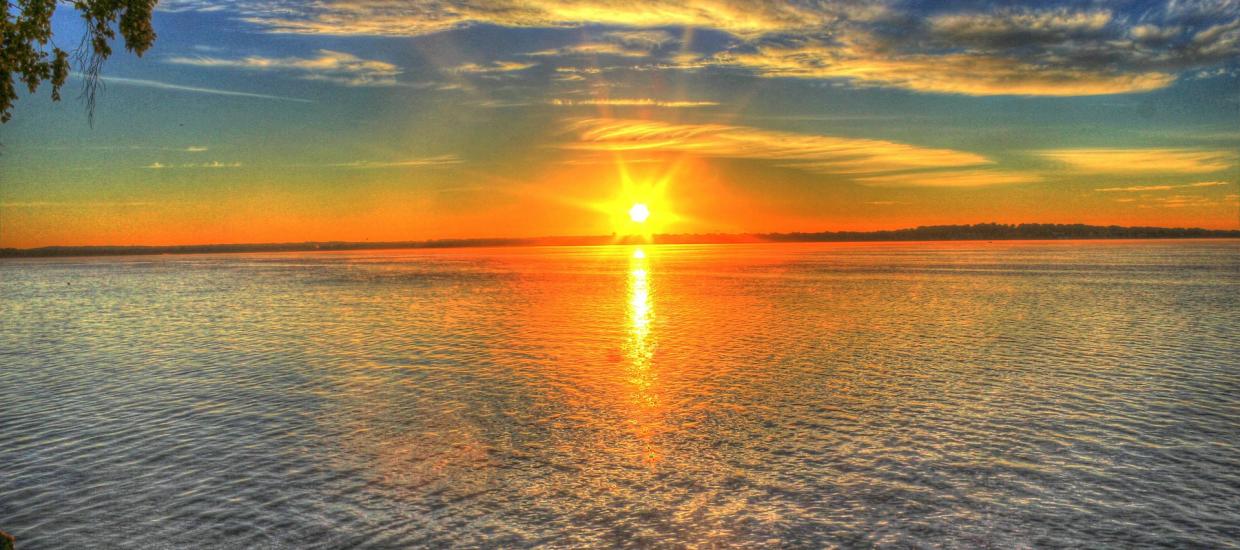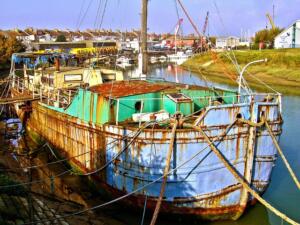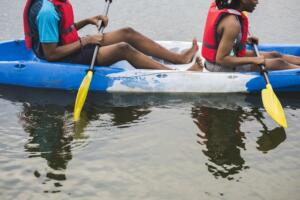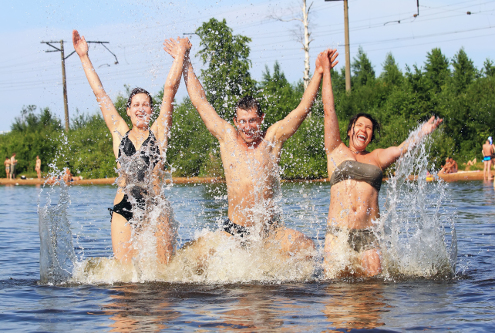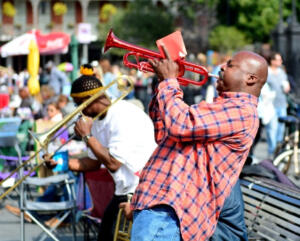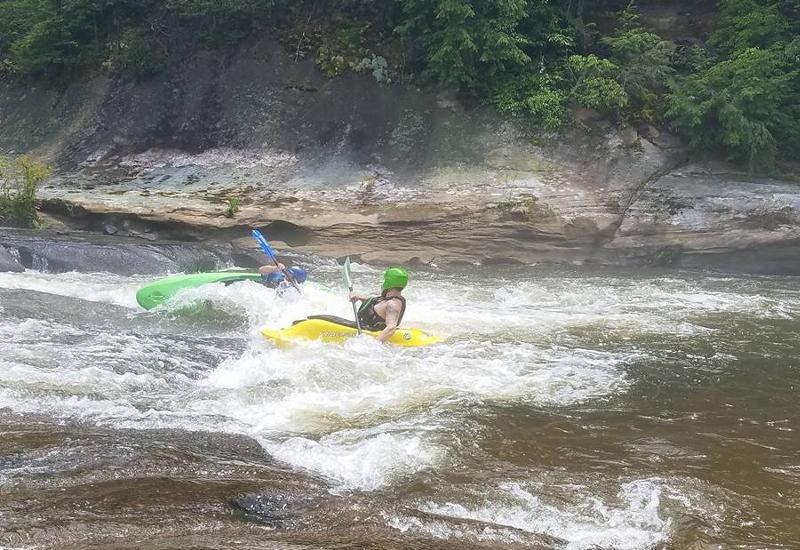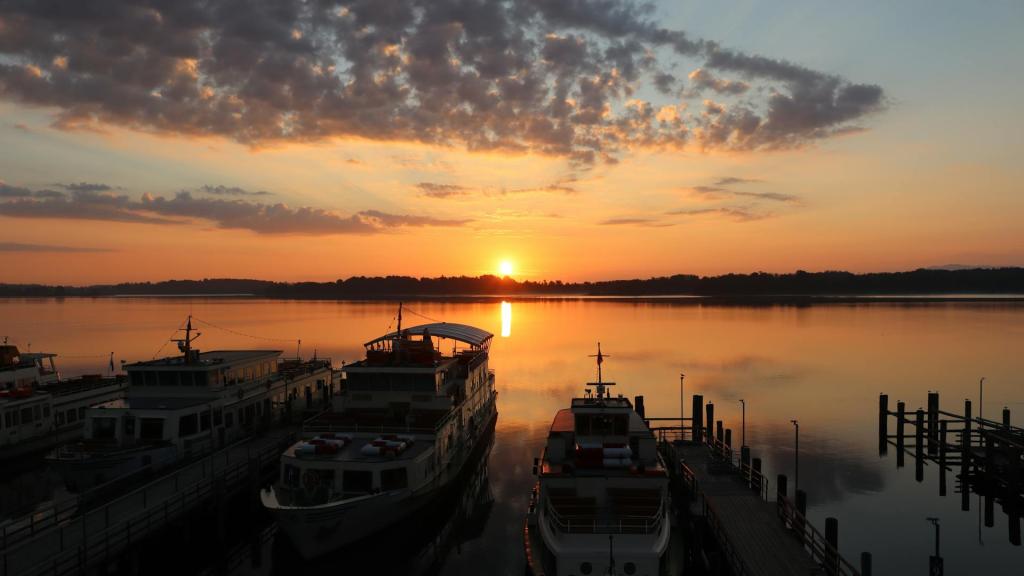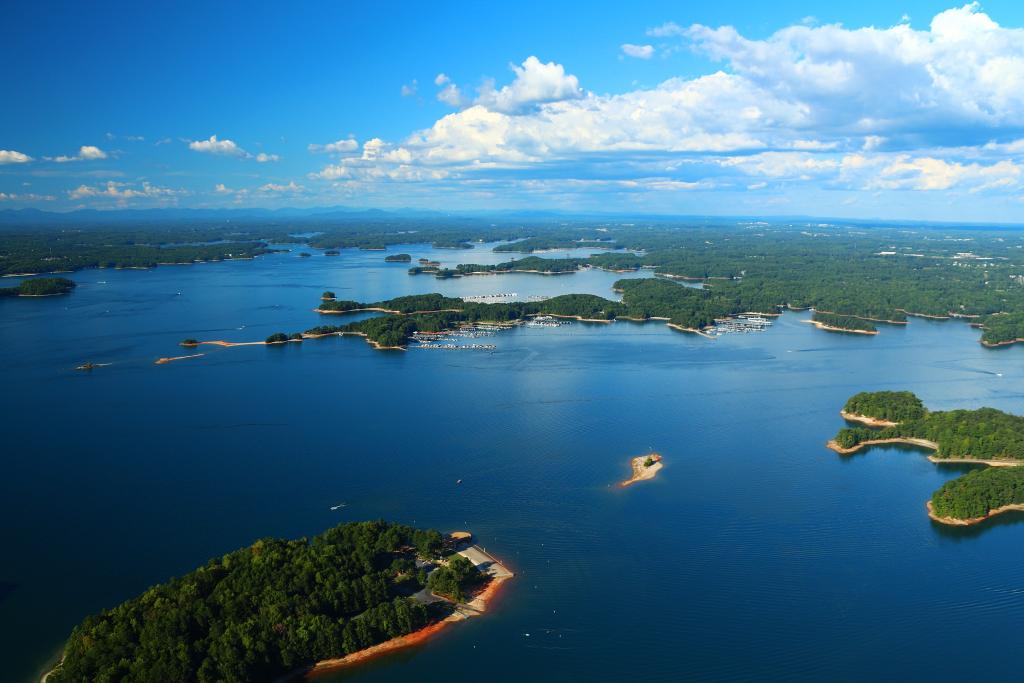
A new lake real estate report from the country’s largest lake-focused brokerage show listing prices in Georgia are up over summer 2022. “The new Lake Real Estate Market Report from Lake Homes Realty shows Georgia’s total market at $2.1 billion, up from $1.9 billion in the summer of 2022,” said Mark Shoda, a new agent with Lake Homes Realty, who focuses on Lake Lanier in Georgia. Lake Homes Realty operates in 34 states across the country.
“The new quarterly lake real estate report from Lakehomes.com shows Lake Lanier to be the largest market in the state of Georgia,” said Shoda. “The specialized website just showcases properties that are lakefront, have a lake view or lake access so we can help clients from across the country search for dream lake properties.” As of August 8, 2023, Lake Lanier has 733 lake area properties listed, ranging from a $15,000 lot to a $5.99 million lake home. “One hundred thirty-eight of the properties were listed for over $1 million,” said Shoda.
The average home price for listings around Lake Lanier is $929,389, according to the Lake Market Real Estate Report. The average lot price is $675,819 for the 229 lake area lots currently listed.

“Lake Lanier is one of the best boating spots in the country, and it opens the door for plenty of related activities such as waterskiing, tubing, and wakeboarding,” said Shoda. “With 38,000 acres of pristine water, Lake Lanier appeals to lake home searchers from across the country. It remains at the top of Lake Home Realty’s Annual ‘Hot Lakes’ list. Among the hundreds of people searching the lake homes and lots on Lake Lanier in May 2023, the top Metro area looking on LakeHomes.com was Washington D.C. followed by New York City and Greenville, South Carolina,” said Shoda. “ The national reach offered by LakeHomes.com works really well with my local expertise along Lake Lanier and the surrounding area,” said Shoda. One in 37 American adults look at LakeHomes.com each year.
“We believe our agents’ intimate knowledge about their lake real estate markets, nuances of the lakes themselves, and their involvement in local lake life is paramount to our continued growth,” said Glenn S. Phillips, CEO and Chief Economic Analyst for Lake Homes “Mark offers outstanding customer service in the Lake Lanier areas and is truly a specialist in that area,” he said.
About Mark Shoda

Mark Shoda is your ultimate expert in all matters concerning Lake Lanier. What sets Mark apart isn’t just his extensive experience in real estate, but also his firsthand understanding as a lakefront property owner. He doesn’t just talk the talk about lake life; he truly lives and breathes it.
With his wealth of experience in real estate transactions, Mark can offer invaluable insights on topics ranging from dock permits to property boundaries and more. Furthermore, he’s deeply ingrained in the Lanier community, having been a part of it for five years and cherishing the close bonds he’s formed.
For Mark, being a real estate agent is more than just a job; it’s a source of joy derived from helping others achieve their dreams. Whether you’re an existing homeowner or aspiring to become one, he’s genuinely excited to be a part of your journey and to safeguard your future endeavors.
Beyond his real estate passion, Mark’s heart belongs to his loved ones. He holds his fiancée in the highest regard, considering her the most amazing person he’s ever met, and he treasures the time spent with his parents and future in-laws. When he’s not busy assisting clients, you’ll find Mark indulging in his favorite pastimes, such as playing tennis, fervently supporting his favorite NFL team, or enjoying quality time on the water with his boat or jet ski.


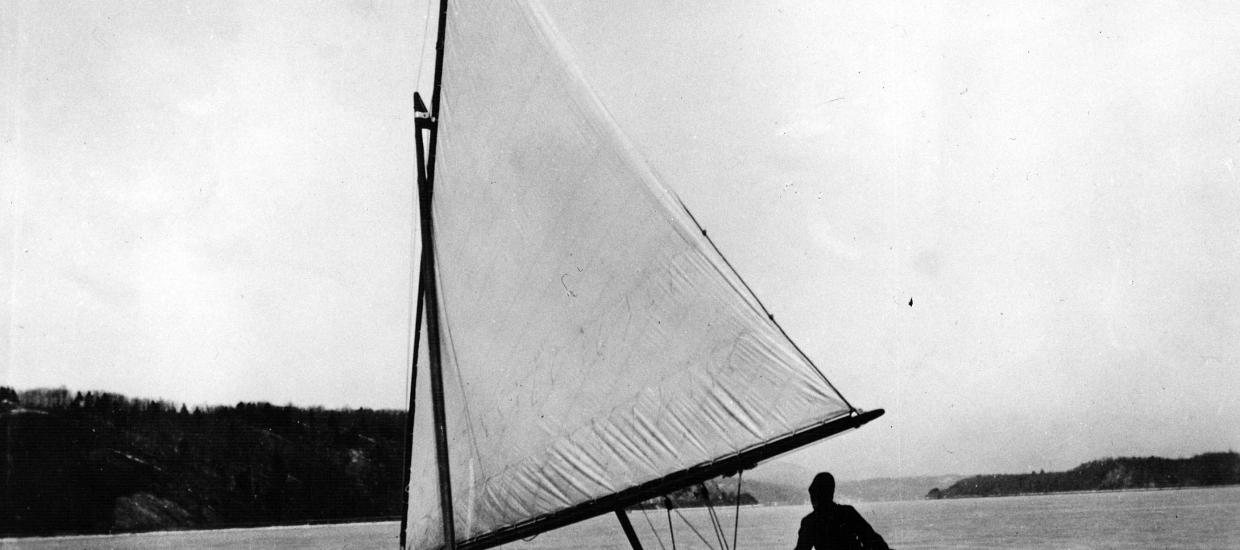
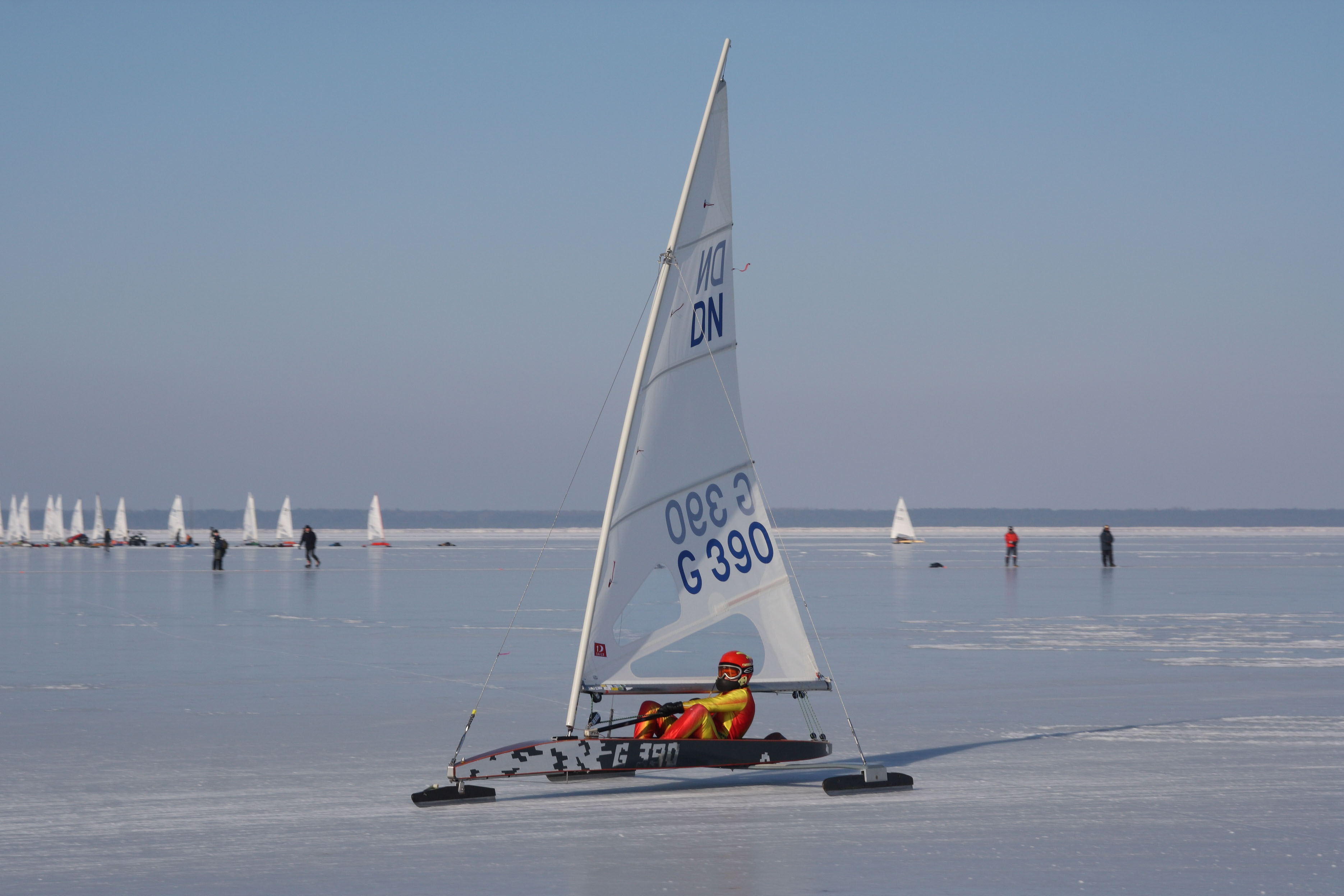
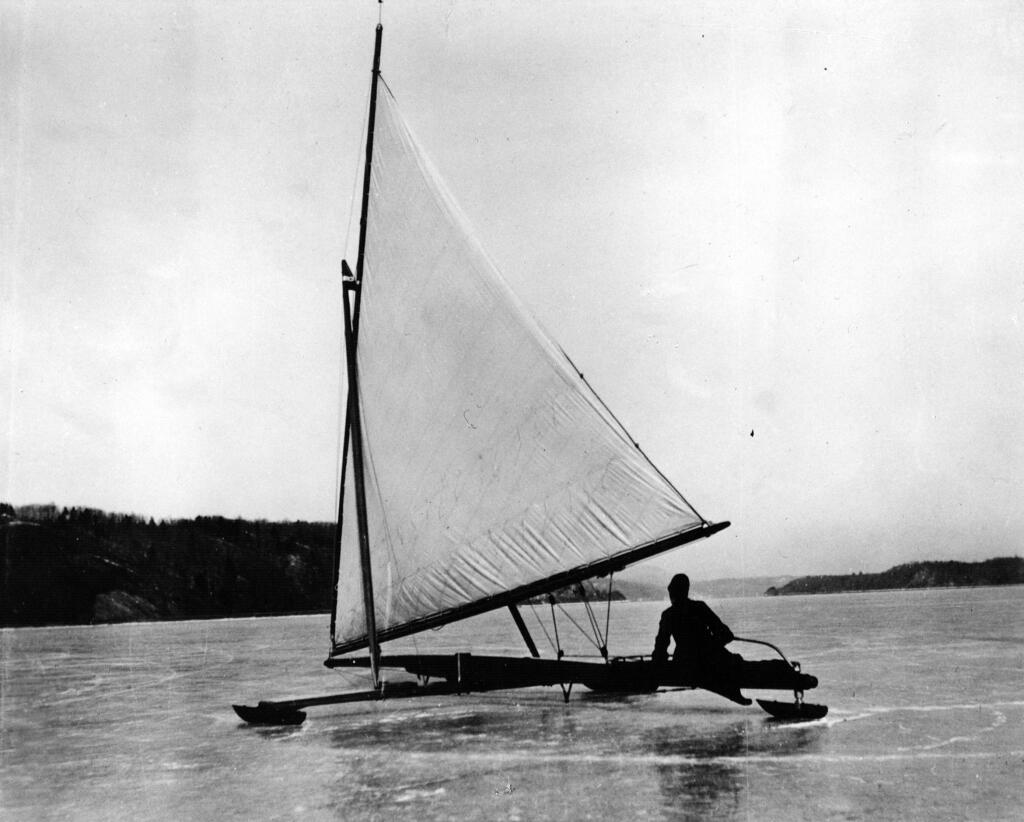
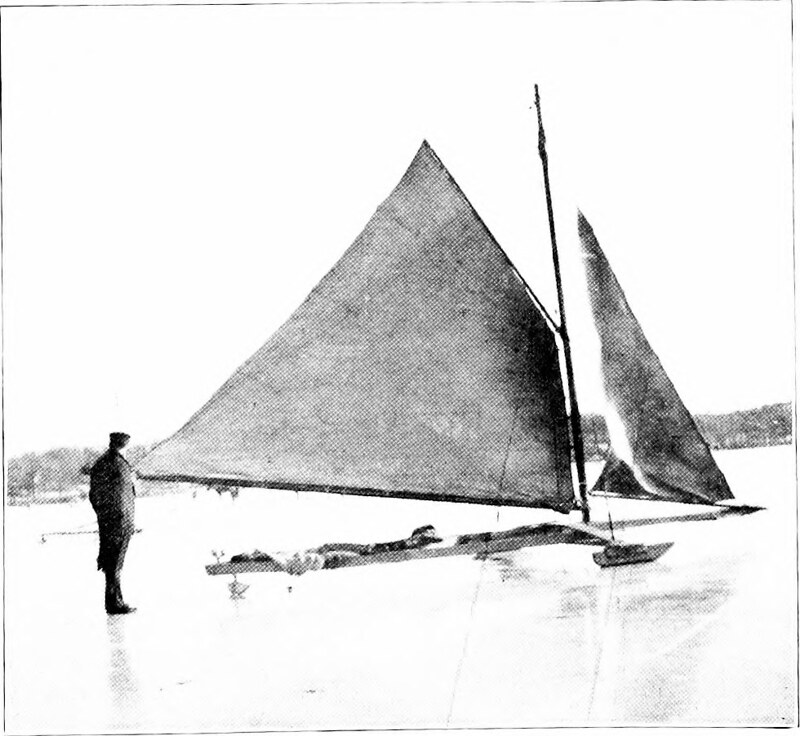
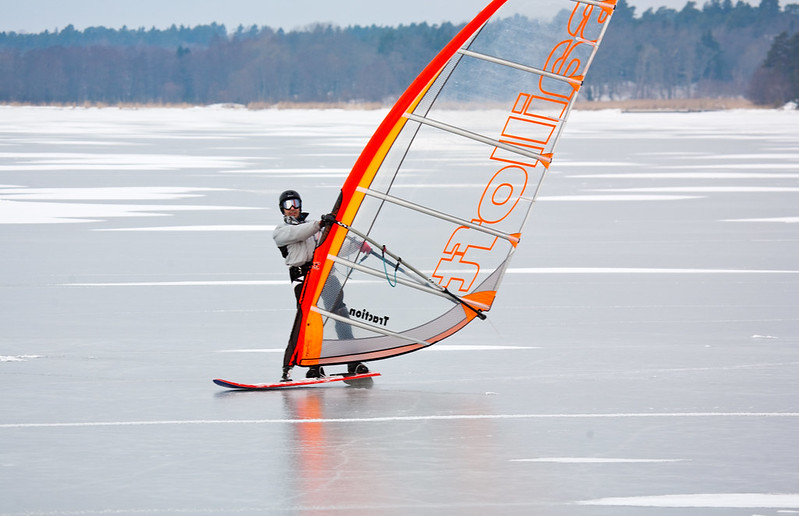

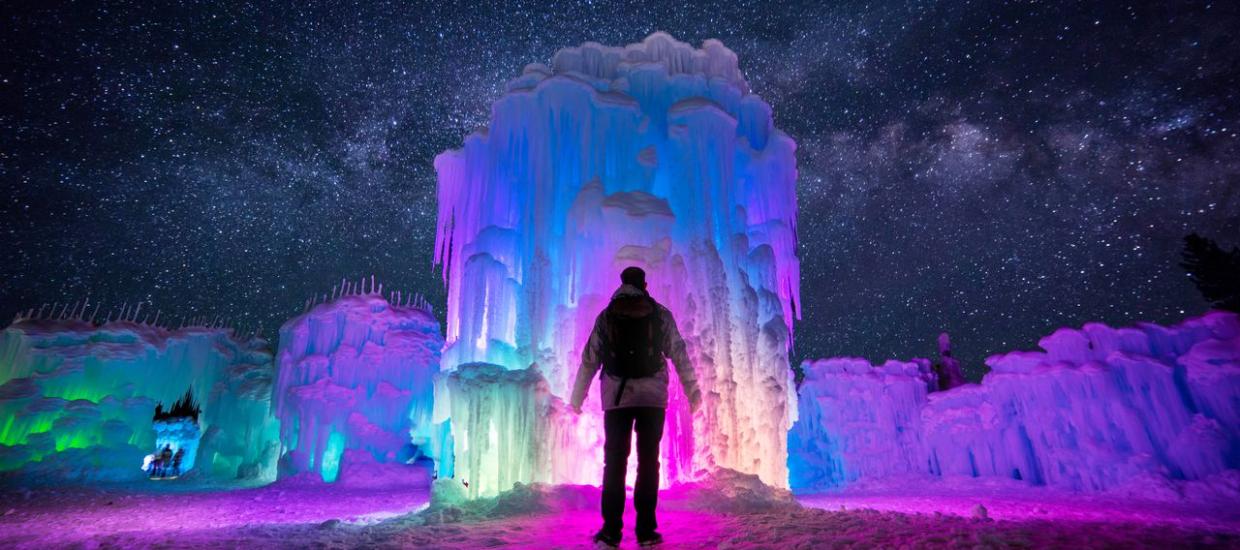
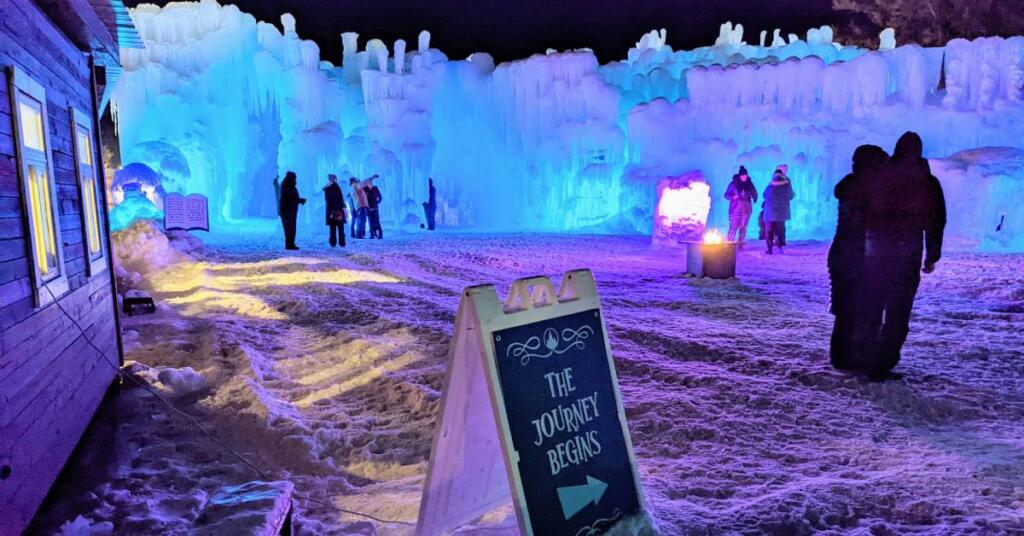
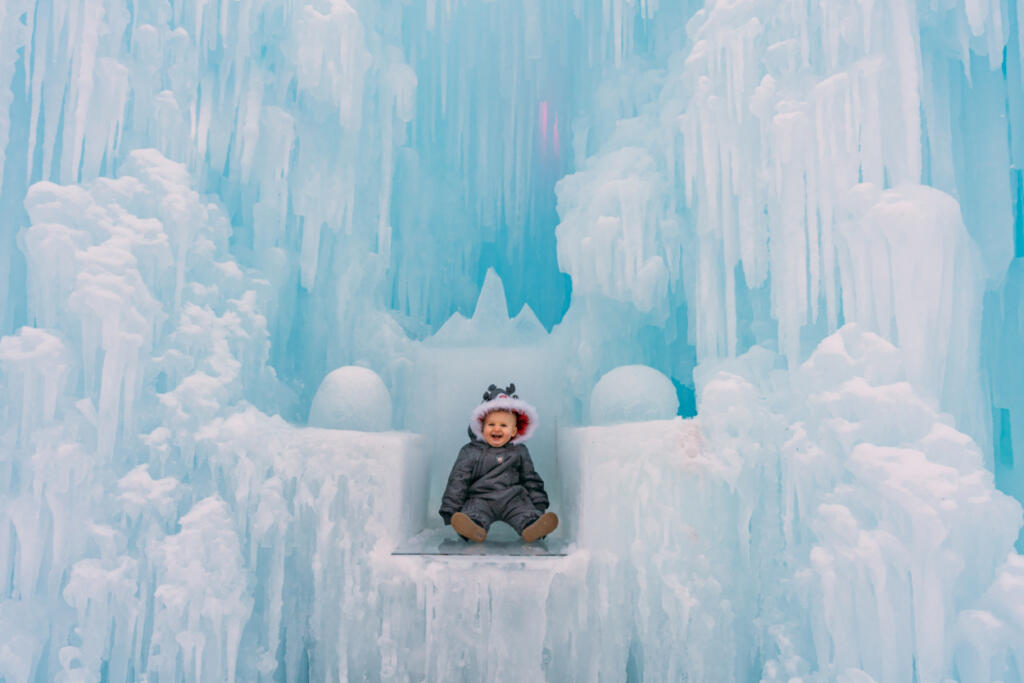
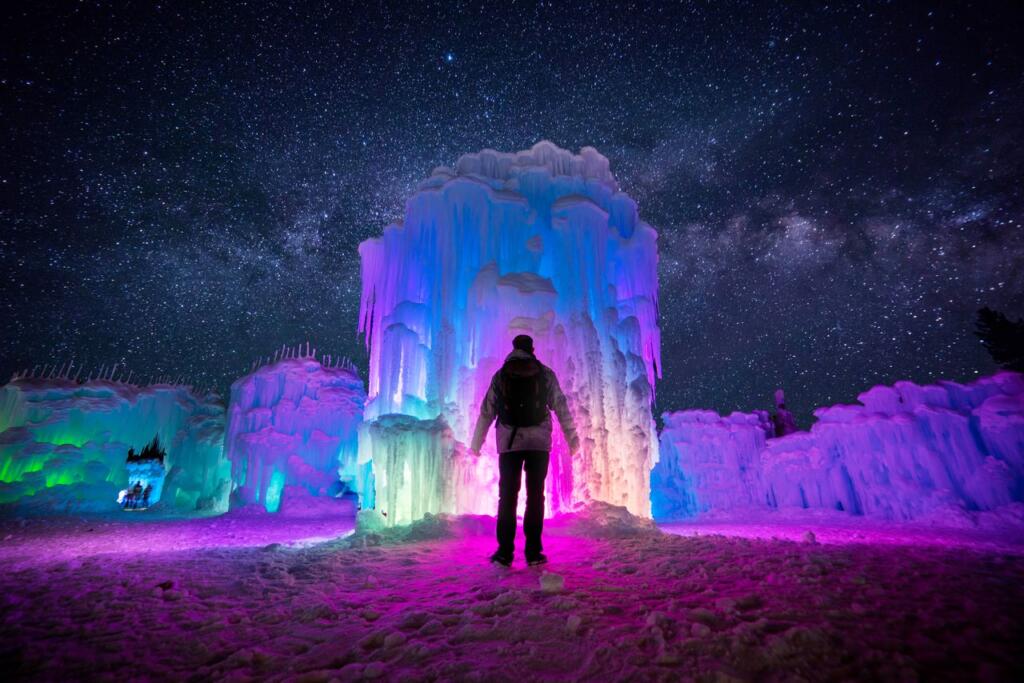
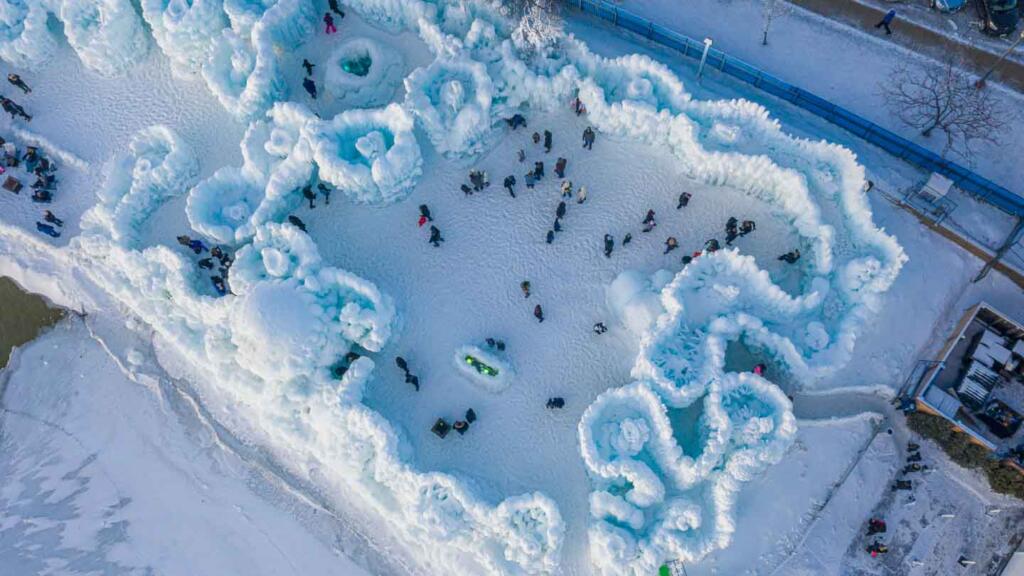
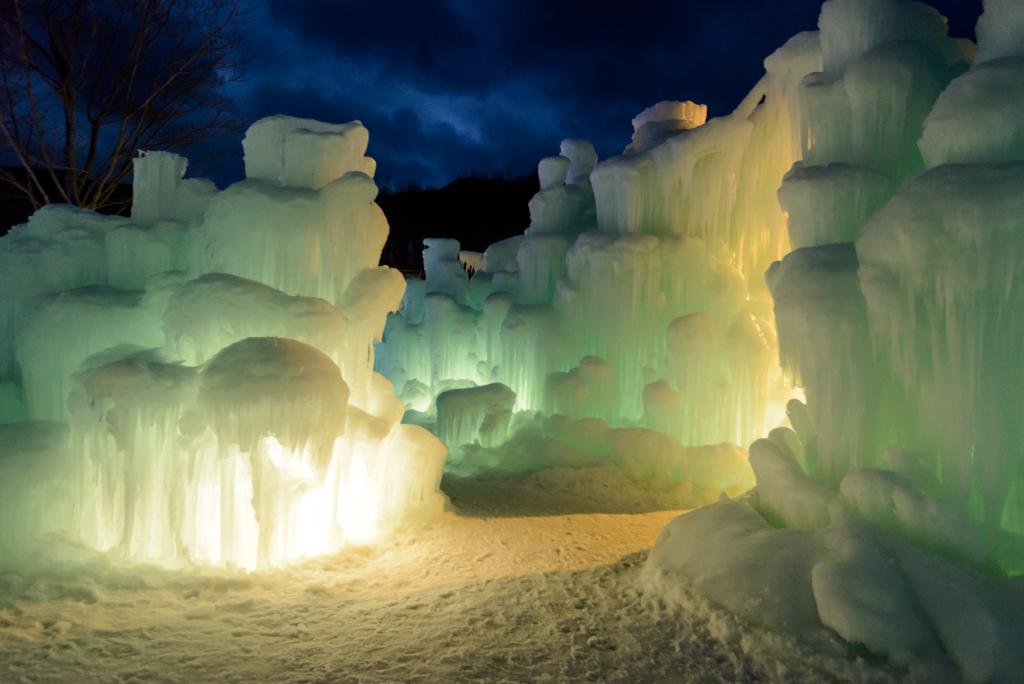
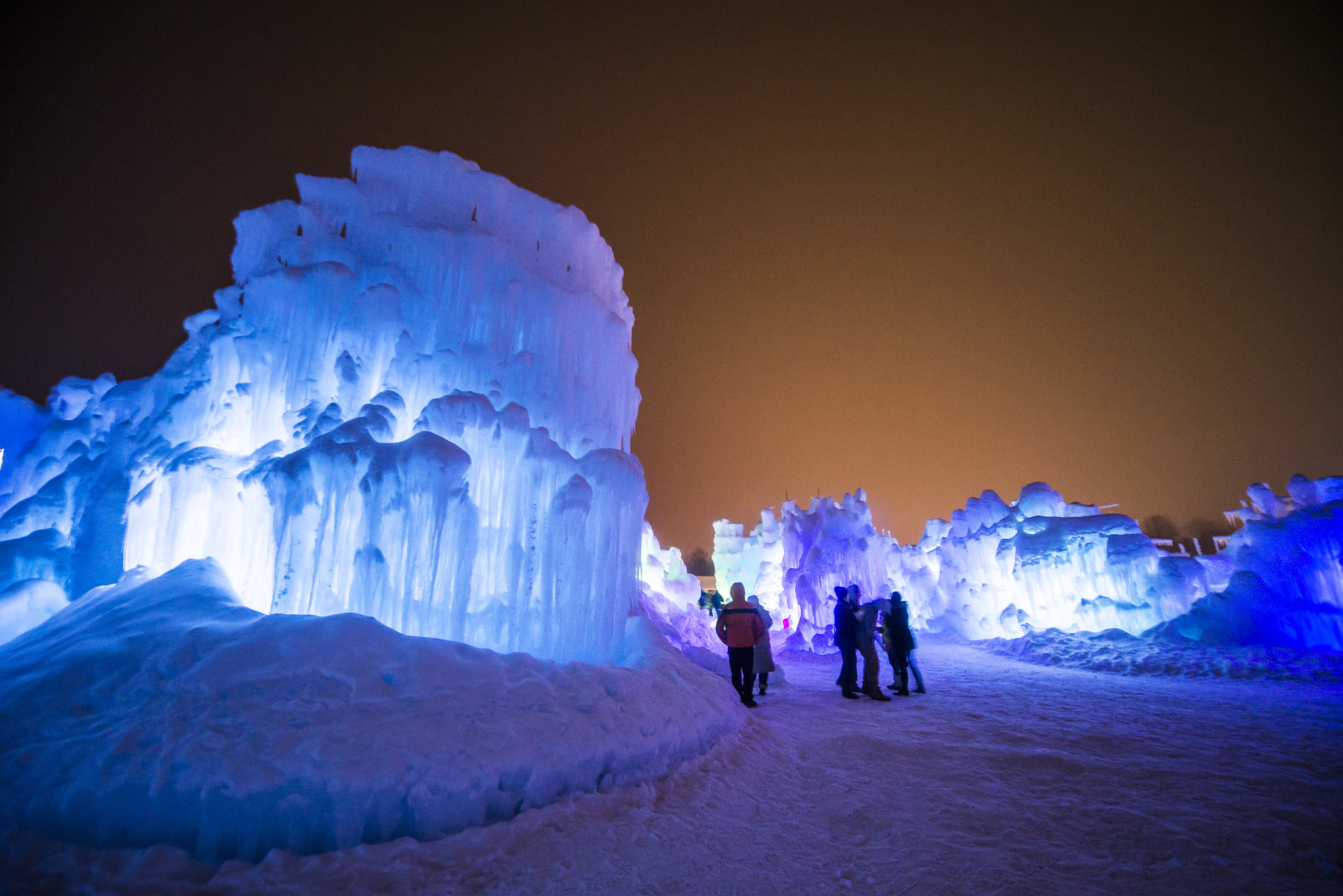
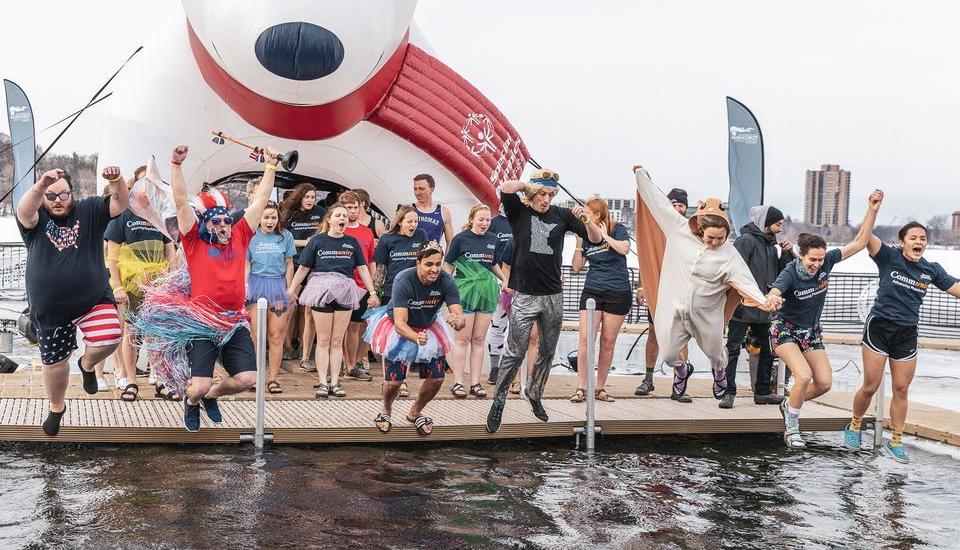

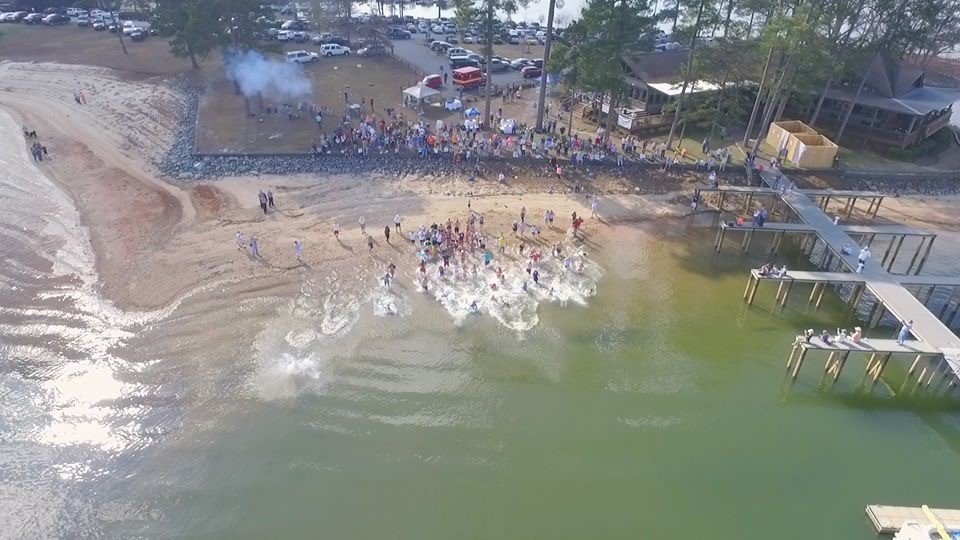
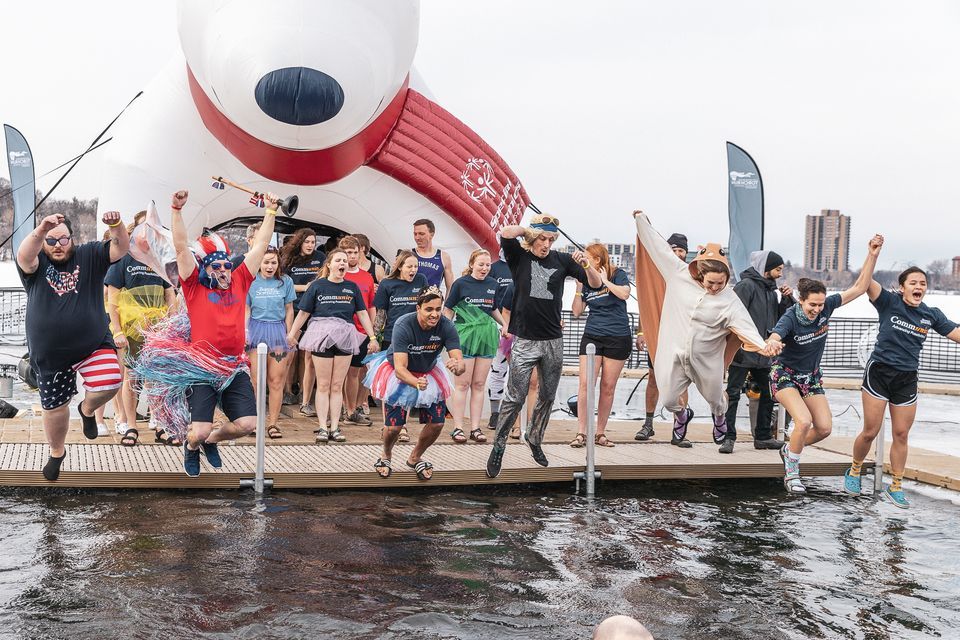
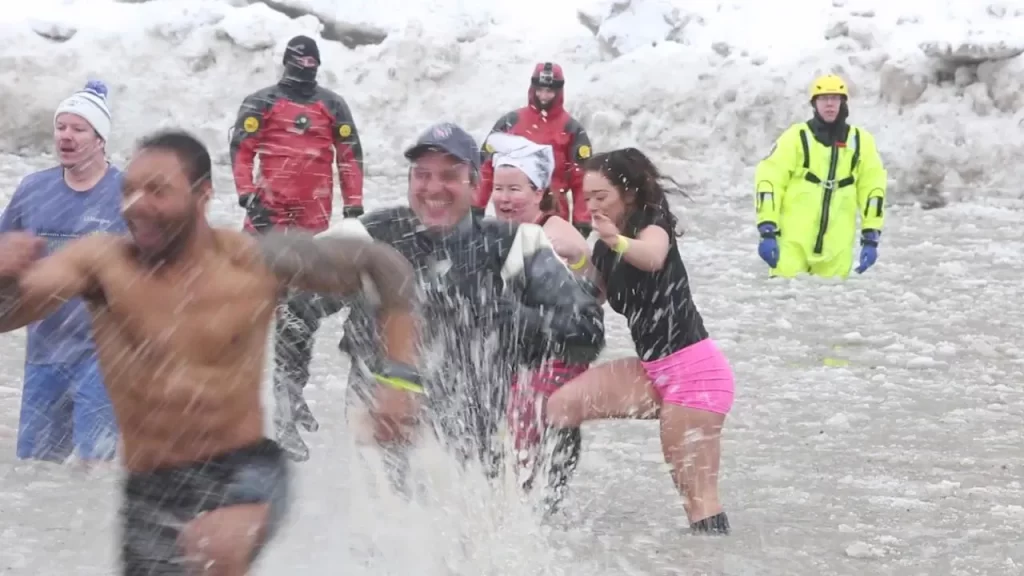
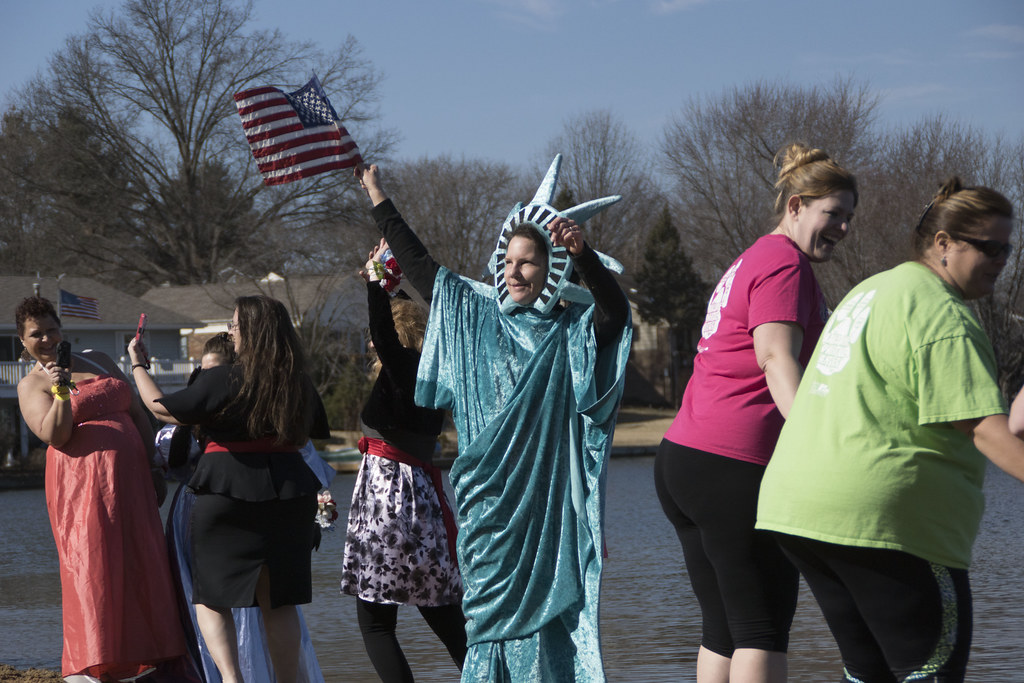
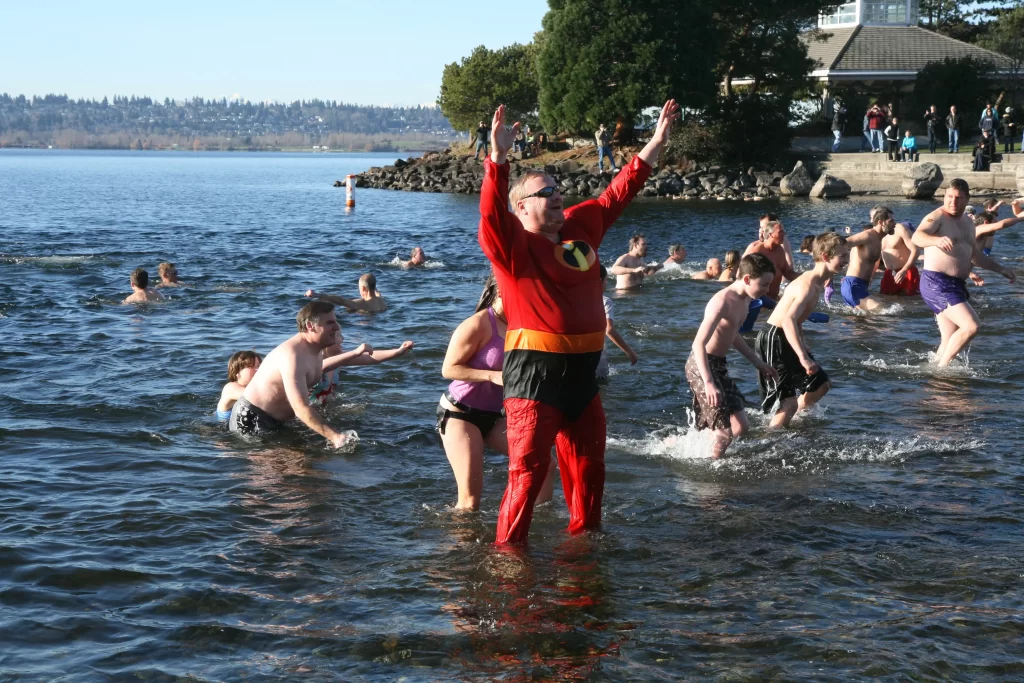
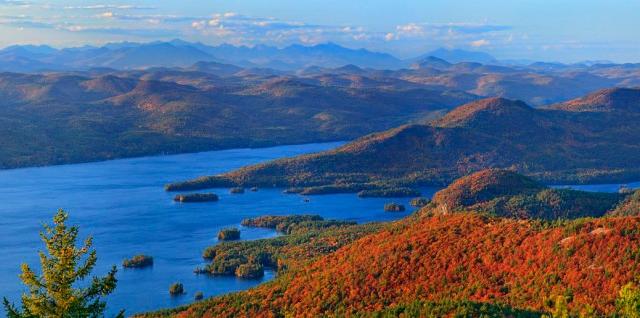
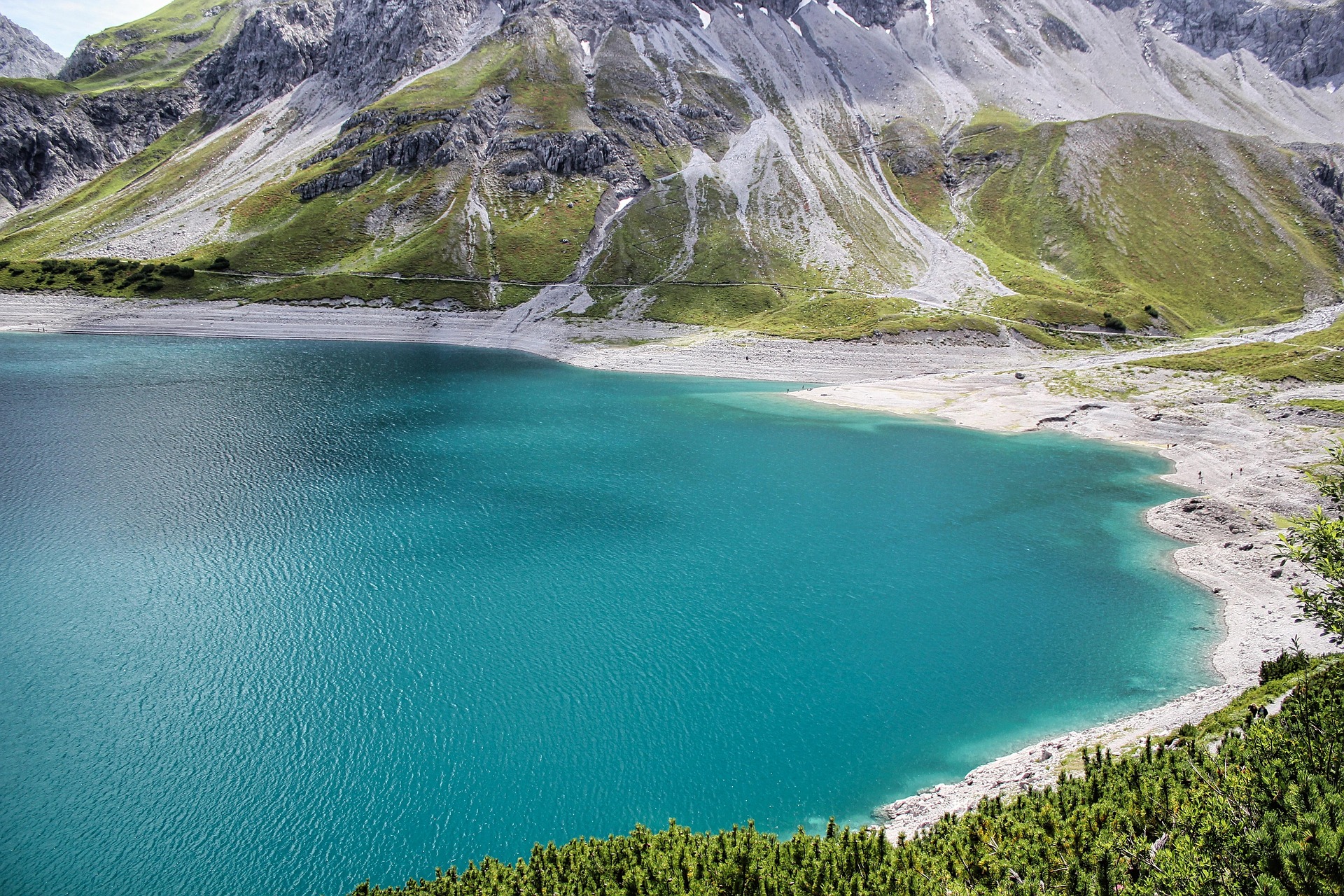
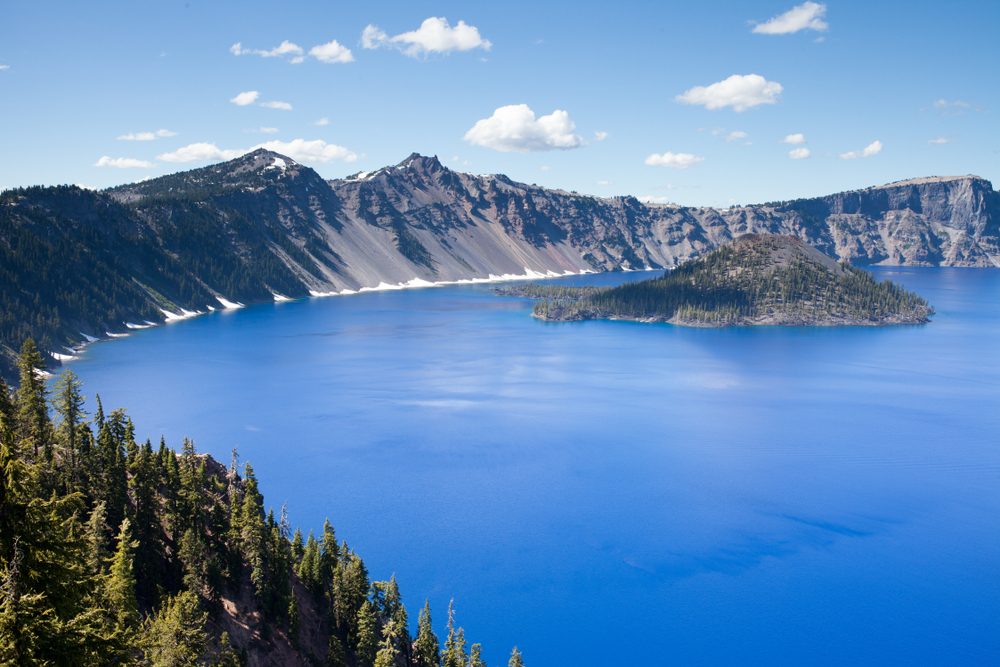

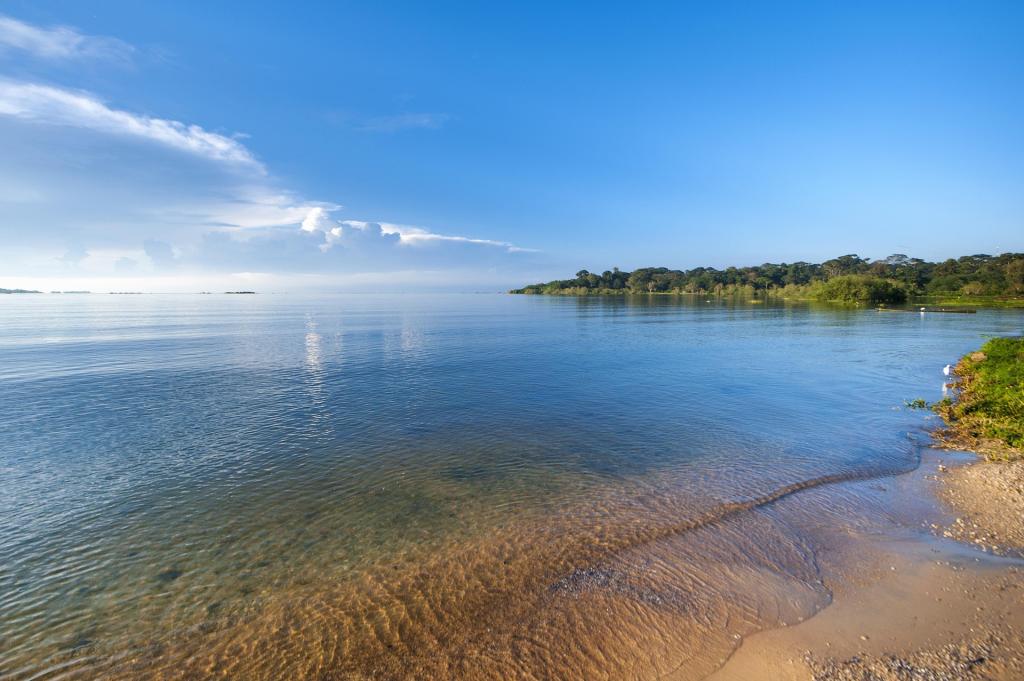
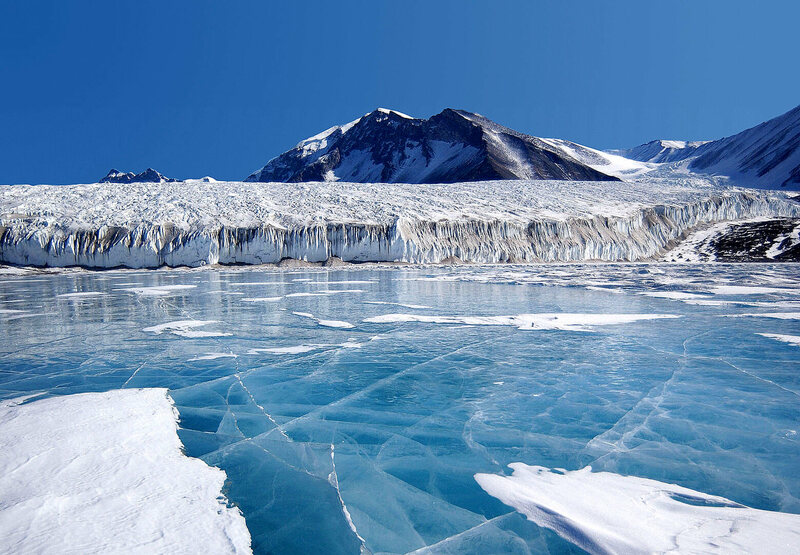
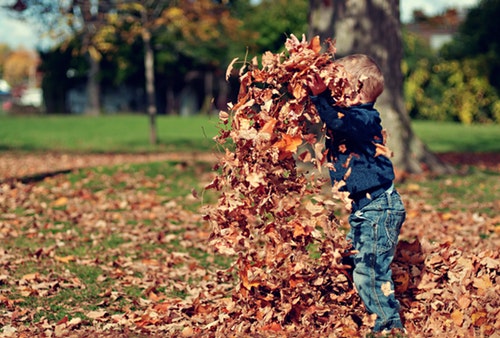
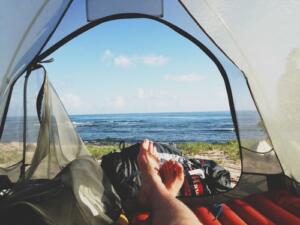
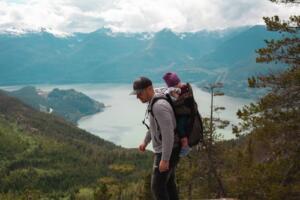 Take a Hike
Take a Hike
 Go Wine Tasting
Go Wine Tasting